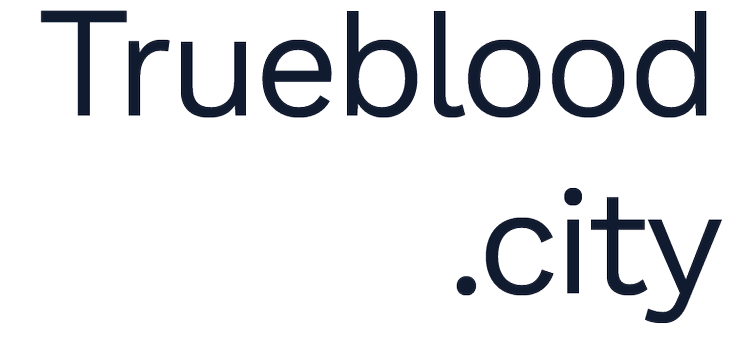A Love Letter to Civic Infrastructure
Our Dear Civic Infrastructure,
I know your name is not very splashy. It’s actually a little technocratic. Maybe even snobby?
Your name is not very self-explanatory, perhaps because not everyone agrees with what exactly you are. But no matter, I see you as the critical - and often underappreciated - system of public buildings and places, from libraries to parks to recreation centers and community educational facilities.
While you are certainly a part of social infrastructure, you are the physical, place-based elements as opposed to the less tangible, organizational and social aspects. You could also be considered third places. Like many millennials, I love a good coffee shop, but these third places include commercial establishments that require the purchase of something and can not always feel welcome to everyone. But you, civic infrastructure do welcome everyone, regardless of whether they want to or are able to purchase something. Now that I have a toddler, I deeply appreciate that you not only tolerate, but welcome our youngest (and sometimes most annoying) humans!
The Wall at Edmonton Public Library - where little ones (and big ones) can interact with various art exhibits.
But, dear civic infrastructure, you are not just buildings. I know you include parks and open spaces as well as the public realm, the area between buildings that includes sidewalks and roadway. Your outdoor spaces serve as critical hosts to urban tree canopy, which has many benefits for those in cities. And aren’t you looking sharp for the Paris Olympics?
Champions Park at the Paris Olympics, where civic infrastructure is built into many elements of the Games. The Instagram reel really captures the energy in a way that the photo cannot.
COVID-19 highlighted the importance of you as we were looking for as many outdoor places to gather as possible. We closed streets for “streeteries” and created Black Lives Matter Plaza as a place of remembrance and civil discourse. DC Public Library partnered with my former agency to host an Event Lending Library that allows residents to create their own block parties and activations in public spaces.
You may not be well understood, but know that I see and appreciate you everyday for what you truly are. I’d write a book to you, but it’s already been done. Even so, I’d like to count the ways that you benefit us all.
You are centers for learning and growth, as places like libraries were built to create opportunity for everyone, perhaps best exemplified by Andrew Carnegie’s efforts to fund them. That accessibility means you are also often places for social services, such as libraries becoming social service centers or parks becoming places for meals and respite.
More recently, you have stepped up to support community resilience, serving as resilience hubs. But you have for many years been places for cooling centers or simply community pools that stay open during the hottest days. When disaster strikes, you are often where people go.
While I already noted the value of tree canopy for public health above, you provide other critical access to health and mental health resources, for example community centers and public libraries that are health hubs, or were COVID19 distribution centers, or mental health hubs and sponsors of community mental health projects.
I love you civic infrastructure, because you can be a place of optimism in a world where doom sells. You are centers of opportunity, creating economic opportunity for patrons to advance their careers. Played out at a bigger scale, you can be centers of economic growth and vitality.
Given all the news of polarization and apathy these days, I can’t help but think about the critical role you play in civic engagement and cohesion. While you do often serve the most basic form of democracy as voting centers, you do so much more. You create places that allow and welcome and encourage engagement regardless of view, background, or income. You support the type of civic engagement that Robert Putnam brought to the fore in 2000 with his groundbreaking book, Bowling Alone, which is getting a new generation of interest given his recent documentary.
So while I love you, dear civic infrastructure, I recognize that what makes you great is the love we all share for you. As policymakers make policy, they should be clear about your broad value and invest accordingly.
With reverence,
Andrew
Some Links
My thoughts on housing as an economic development tool.
The Washington Post on the promises and challenges of urban tree canopy.
Which made me think of what Eric Kramer of Reed Hilderbrand wrote last year about the need for us to maintain our trees.
Mark Muro, Joseph Parilla, and Francesca Ioffreda on winners of Tech Hubs funding from Commerce's Economic Development Administration.
Trueblood.city News
I’m excited to welcome Ranna Kisswani as a policy assistant who is, among other things, helping make this newsletter happen! She is a recent graduate of St. John’s College in Annapolis, MD. She has an ardent adoration for philosophy and literature but has recently found interest in politics, public policy, journalism, and of course, cities. She is moving to DC in the autumn to pursue her interests more before moving on to graduate school in the future.











